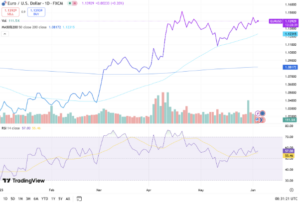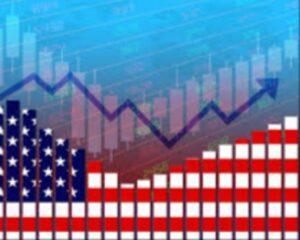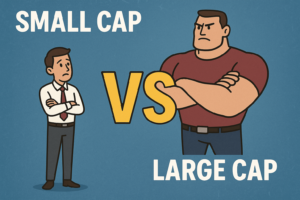The Swiss franc has long been considered a "safe haven" currency, one that investors turn to when global uncertainty rises. Recently, this demand has surged due to global economic instability and political developments—most notably the return of Donald Trump to the U.S. presidency. As a result, the Swiss franc has appreciated by about 10% against the U.S. dollar since the beginning of 2025.
While this may seem like good news on the surface, it’s causing trouble within Switzerland. A stronger franc makes imported goods cheaper. In many countries, this would be welcome as a way to ease inflation. But Switzerland is now dealing with the opposite problem—deflation. Prices are actually falling, not rising. In May, the country’s Consumer Price Index (CPI) dropped by 0.1% compared to a year earlier, with imported goods plunging by 2.4%.
This deflation isn’t just a statistic—it’s a sign of weakening demand and a potential warning for the economy. Cheaper imports might sound great for consumers, but falling prices overall can discourage spending and investment, leading to economic slowdown.
The Swiss National Bank (SNB) has a few tools it can use to respond. One option is cutting interest rates. Switzerland had previously used negative interest rates for several years to weaken the franc and support inflation. The SNB ended this policy in 2022, but now it may need to return to it. Just in March, the SNB lowered its key interest rate to 0.25%. More cuts are likely, and by the end of the year, rates could dip back into negative territory—possibly down to -0.25%.
However, there's a limit to how far interest rates can go. Another method the SNB has used before is direct intervention in currency markets—selling francs and buying foreign currencies to drive the franc's value down. But this tactic has political risks. When Switzerland last used it heavily, the U.S. Treasury under Trump labeled the country a “currency manipulator.” That label brought the threat of tariffs and diplomatic tension.
Today, with Trump back in power and actively watching currency policies, Switzerland must tread carefully. Any large-scale market intervention might provoke U.S. backlash, potentially leading to tariffs or further accusations of manipulation. This puts Swiss policymakers in a tight spot—they want to protect their economy but must avoid drawing political fire.
The SNB has reportedly had recent discussions with the U.S. to explain its actions and maintain transparency. Still, it’s unclear whether that will be enough to avoid negative consequences if intervention becomes necessary.
In summary, the Swiss franc’s strength, usually a sign of stability and investor trust, is becoming a double-edged sword. It helps during global uncertainty but creates domestic headaches. The SNB is now weighing rate cuts and market actions, all while navigating tricky international politics. What looks like a strong position may turn out to be a vulnerable one, if not managed carefully.




